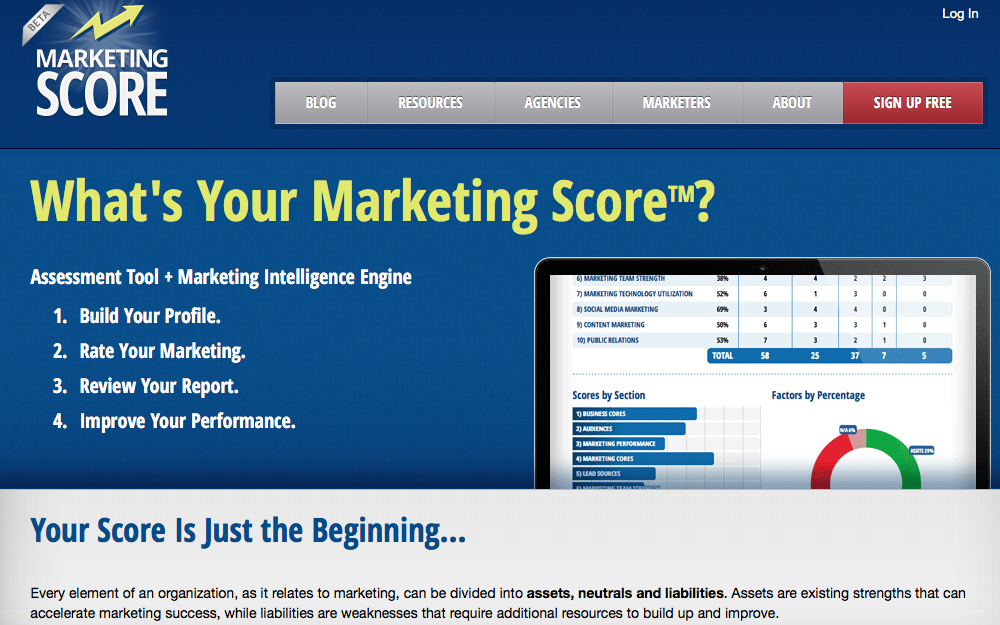While in the past, some companies and publishers have scoffed about advertorials, or sponsored content that is designed to look like editorial, now there is a renewed interest in native advertising. Ad blockers are changing the entire equation of how to reach consumers.
According to a report commissioned by Adobe and conducted by PageFair, the number of consumers using ad blockers in the U.S. increased 48 percent during the last year. There are 198 million active adblock users around the world.
With Apple announcing that they are allowing ad-blocking apps, digital advertising is on the verge of being turned upside down. Consumers want to avoid advertising as they listen to music, stream videos or check their mobile devices. They’ll download apps and pay extra for services that block ads.
PR and social media practitioners have been counseling companies that “content needs to be a priority” for all marketing efforts. Now, ad blockers are driving home the necessity of producing entertaining or educational subject matter that provides a positive end user experience.
With native advertising, the ad experience follows the natural form and function of the user experience. The intention is to invite the consumer to be engaged.
Native advertising is everywhere online, including The New York Times, The Wall Street Journal, YouTube and Buzzfeed. Good native advertising, like good public relations, should be informative and relevant to the reader.
A consumer might be more than happen to read a story sponsored by a consumer packaged good company if she can obtain an easy dessert recipe. Likewise, a pet owner looking for grooming tips might gladly watch sponsored instructional videos. Whether you have a B2B or B2C company, you will need to be promoting your product or service in a new way to effectively utilize native advertising.
For years, online marketers watched as banner ad clicks plummeted and then disappeared. Marketers followed up with a variety of other methods to squeeze their message onto a given page, but consumers became fed up with cluttered websites, obtrusive videos and interference to what they want to see.
It’s time for marketers to realize that if they want to get their brand message through to these folks, native advertising presents great opportunities. It is a combination of PR and advertising that can be tremendously leverage through social media. Content that is engaging, enlightening and/or entertaining can be shared with ease, and provide the marketer with huge audiences.
[gl-hs-form form_id=’1863abe3-c1e4-43d0-a298-c7b132f8ce03′]

